Sensory systems
Recent articles
The big idea with Diego Bohórquez
His theories around the neuropod have challenged the boundaries of classic ideas regarding gut-brain communication.

The big idea with Diego Bohórquez
His theories around the neuropod have challenged the boundaries of classic ideas regarding gut-brain communication.
Subthalamic plasticity helps mice squelch innate fear responses
When the animals learn that a perceived threat is not dangerous, long-term activity changes in a part of the subthalamus suppress their instinctive fears.

Subthalamic plasticity helps mice squelch innate fear responses
When the animals learn that a perceived threat is not dangerous, long-term activity changes in a part of the subthalamus suppress their instinctive fears.
Double-duty neurons in primary olfactory cortex pick up on more than just scent
The cells recognize not only odors, such as bananas and black licorice—but also images and words associated with those smells, according to single-neuron recordings from 17 people.

Double-duty neurons in primary olfactory cortex pick up on more than just scent
The cells recognize not only odors, such as bananas and black licorice—but also images and words associated with those smells, according to single-neuron recordings from 17 people.
How ‘walking fish’ feel, taste hidden food with their legs
Fins-turned-legs in sea robins are innervated with touch-sensitive neurons and taste-receptor-rich cells that can detect prey buried in the sand, according to new research.

How ‘walking fish’ feel, taste hidden food with their legs
Fins-turned-legs in sea robins are innervated with touch-sensitive neurons and taste-receptor-rich cells that can detect prey buried in the sand, according to new research.
Visual perception improves in the blink of an eye
Blinking—long considered a problem the brain must overcome to produce seamless vision—may actually be more of a feature than a bug, new research suggests.
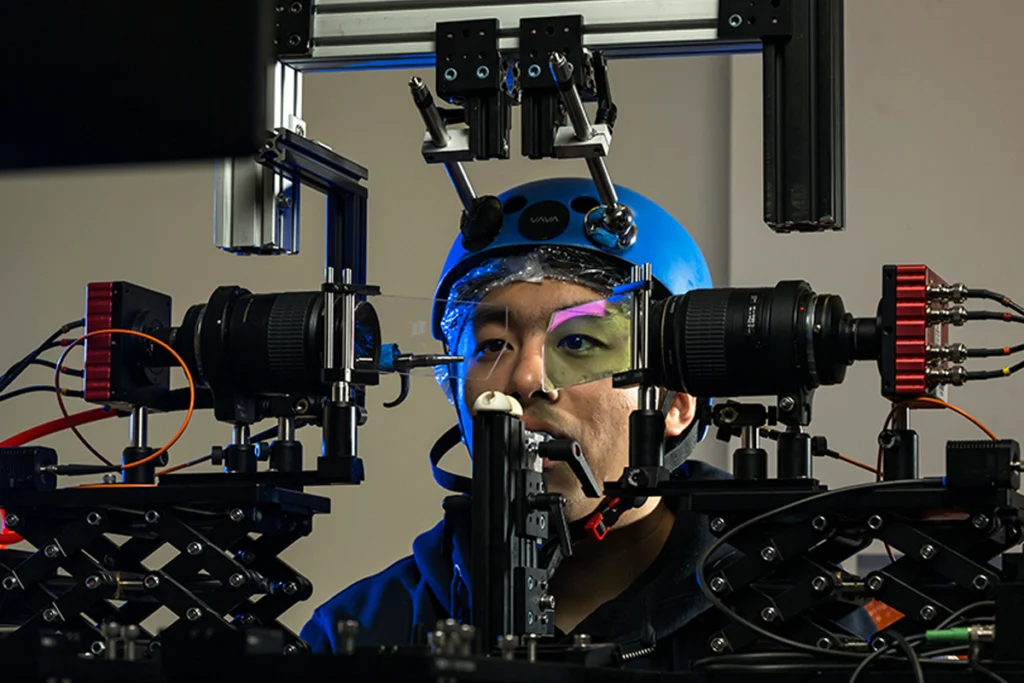
Visual perception improves in the blink of an eye
Blinking—long considered a problem the brain must overcome to produce seamless vision—may actually be more of a feature than a bug, new research suggests.
Decoding flies’ motor control with acrobat-scientist Eugenia Chiappe
The tiny performers steal the show in Chiappe’s sensorimotor-integration lab in Lisbon, Portugal.
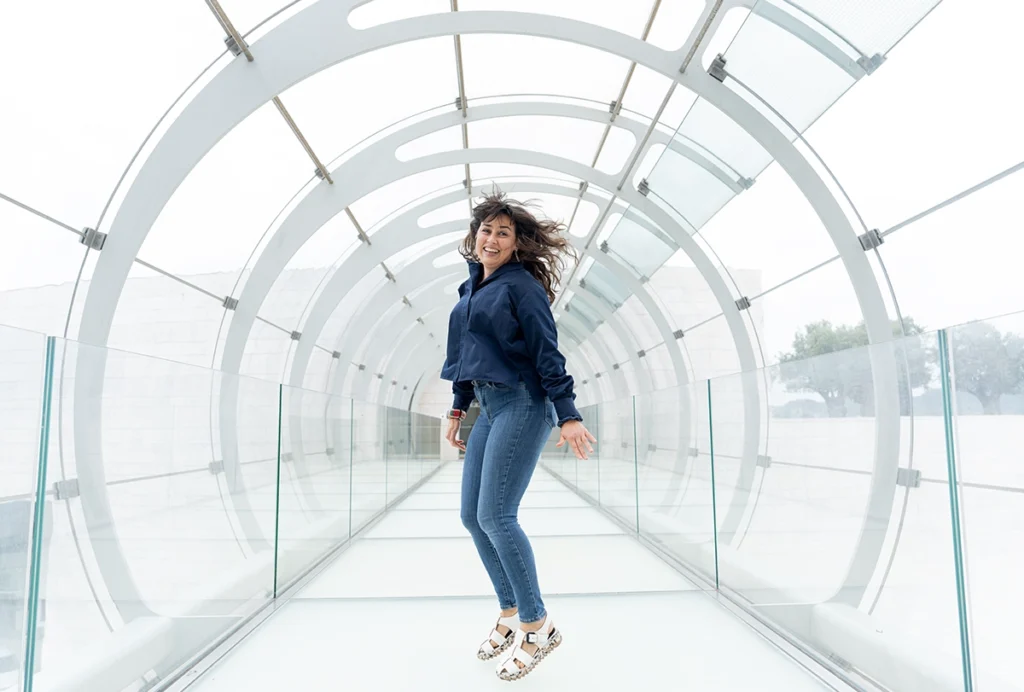
Decoding flies’ motor control with acrobat-scientist Eugenia Chiappe
The tiny performers steal the show in Chiappe’s sensorimotor-integration lab in Lisbon, Portugal.
Autism-linked genes shape touch processing through different mechanisms, at different times
Whereas some mice display hypersensitivity to touch only as adults, others respond that way from birth.
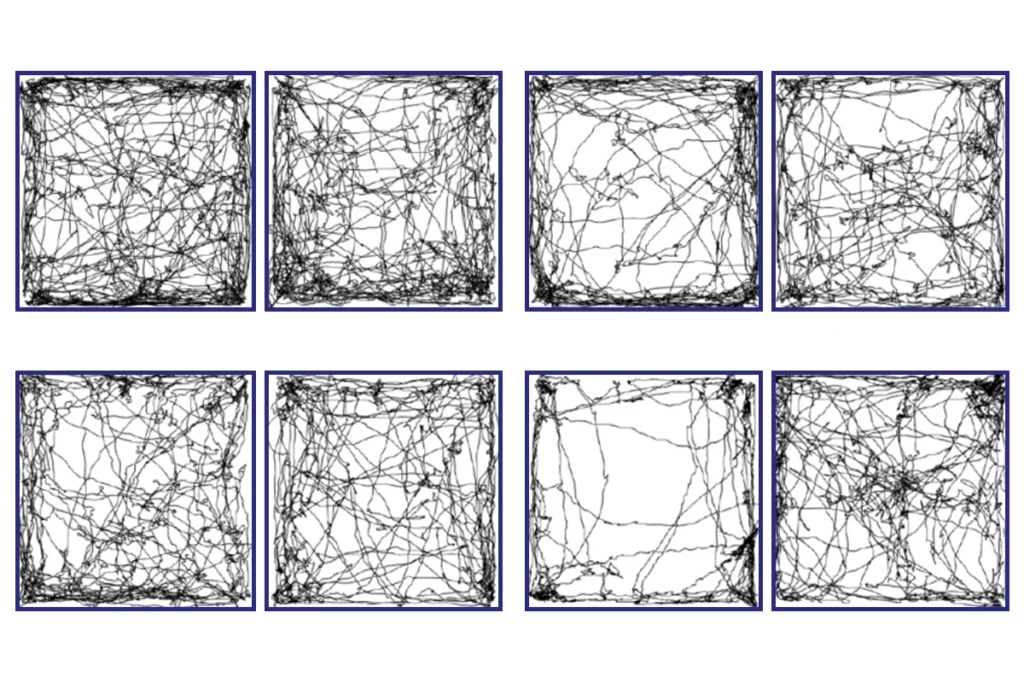
Autism-linked genes shape touch processing through different mechanisms, at different times
Whereas some mice display hypersensitivity to touch only as adults, others respond that way from birth.
Individual neurons tune to complex speech sounds and cues
Neuropixels arrays implanted in people reveal nuances of speech perception and production that confirm results from brain-surface recordings and can even predict what someone is about to say.
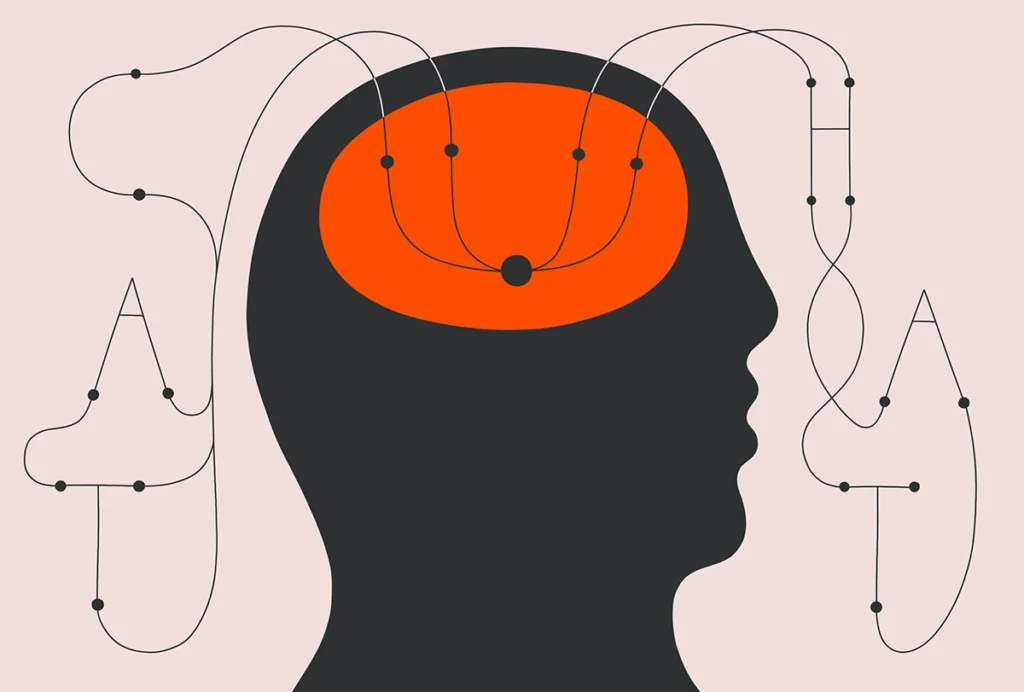
Individual neurons tune to complex speech sounds and cues
Neuropixels arrays implanted in people reveal nuances of speech perception and production that confirm results from brain-surface recordings and can even predict what someone is about to say.
Common sensory response scores may miss important variations
A person’s “overall” score on sensory-seeking, hyperreactive or hyporeactive tendencies may obscure nuances in their individual sensory experience.
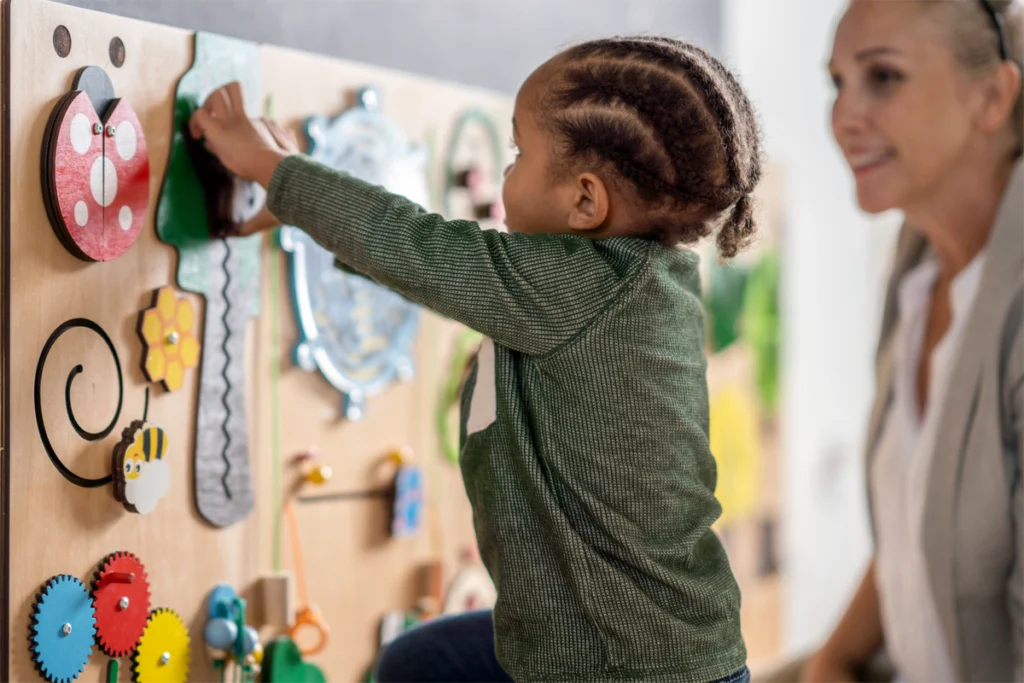
Common sensory response scores may miss important variations
A person’s “overall” score on sensory-seeking, hyperreactive or hyporeactive tendencies may obscure nuances in their individual sensory experience.
Monkey studies throw wrench into decade-old idea about movement’s effect on visual cortex
Movements that boost activity in the visual cortex of mice have the opposite or no effect in marmosets and macaques, prompting questions about whether mice are a suitable model for the primate visual system.

Monkey studies throw wrench into decade-old idea about movement’s effect on visual cortex
Movements that boost activity in the visual cortex of mice have the opposite or no effect in marmosets and macaques, prompting questions about whether mice are a suitable model for the primate visual system.
Explore more from The Transmitter
Machine learning spots neural progenitors in adult human brains
But the finding has not settled the long-standing debate over the existence and extent of neurogenesis during adulthood, says Yale University neuroscientist Juan Arellano.
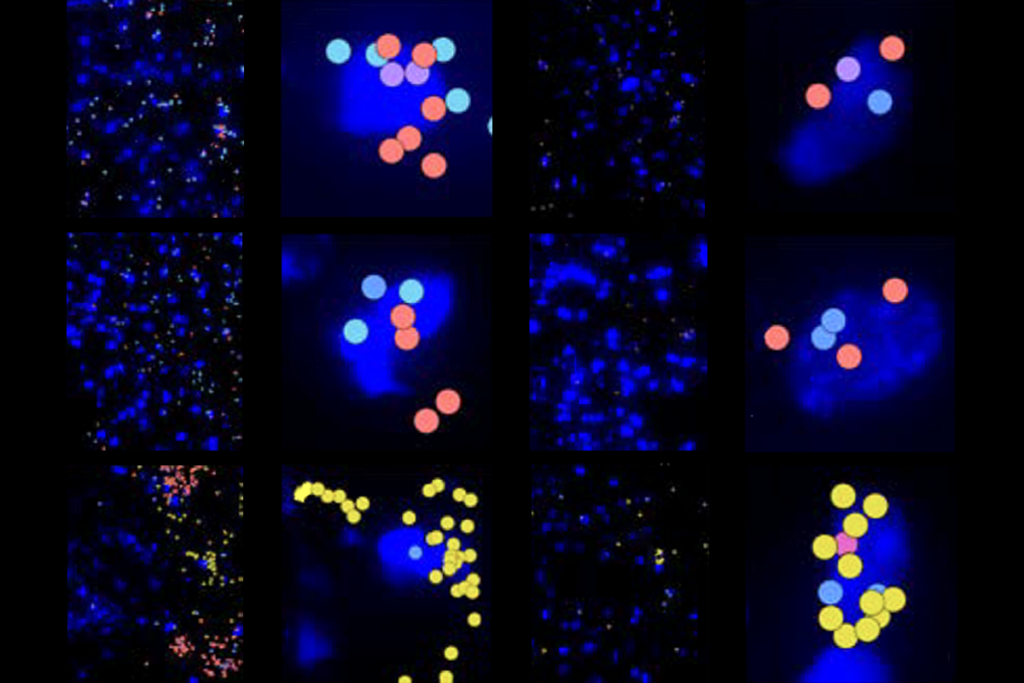
Machine learning spots neural progenitors in adult human brains
But the finding has not settled the long-standing debate over the existence and extent of neurogenesis during adulthood, says Yale University neuroscientist Juan Arellano.
Xiao-Jing Wang outlines the future of theoretical neuroscience
Wang discusses why he decided the time was right for a new theoretical neuroscience textbook and how bifurcation is a key missing concept in neuroscience explanations.
Xiao-Jing Wang outlines the future of theoretical neuroscience
Wang discusses why he decided the time was right for a new theoretical neuroscience textbook and how bifurcation is a key missing concept in neuroscience explanations.
Memory study sparks debate over statistical methods
Critics of a 2024 Nature paper suggest the authors failed to address the risk of false-positive findings. The authors argue more rigorous methods can result in missed leads.

Memory study sparks debate over statistical methods
Critics of a 2024 Nature paper suggest the authors failed to address the risk of false-positive findings. The authors argue more rigorous methods can result in missed leads.